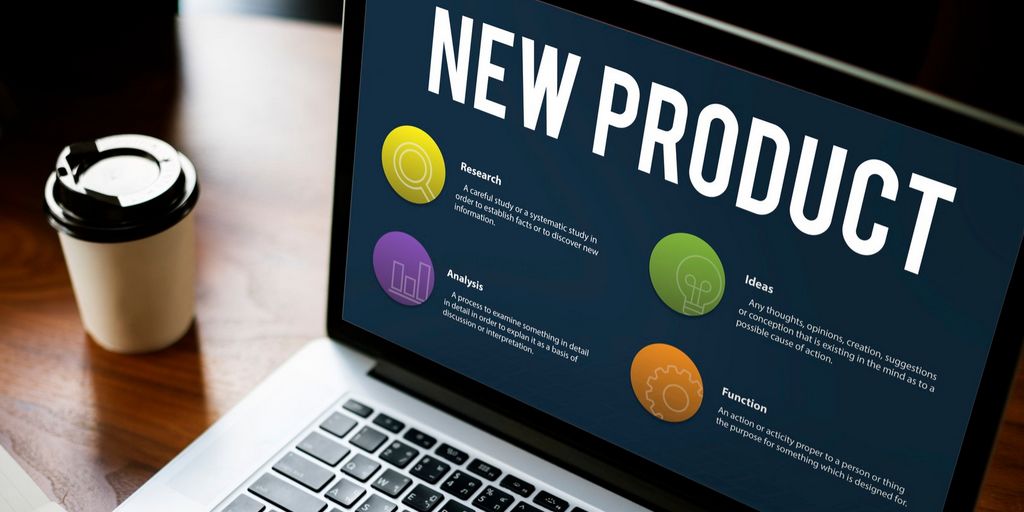New product development (NPD) is a process that businesses use to bring new products to the market. It is the process of taking an idea from concept all the way through market launch and beyond. This process involves a number of steps and is important for ensuring that the product meets customer needs and is competitive in the market.
The new product development process includes key stages: idea generation, concept development and testing, product design and development, market testing, and commercialization. The process starts with an idea and moves through the various stages until the product is ready to be introduced to the market. It is important to note that the process is not linear and may involve going back and forth between stages as the product evolves.
New product development is an important process for businesses to ensure that their products meet customer needs and are competitive in the market. It involves a number of steps and can take time to complete. However, it is a necessary part of bringing new products to the market. Here are the 7 essential steps for a new product development process:
The new product development process includes key stages: idea generation, concept development and testing, product design and development, market testing, and commercialization. The process starts with an idea and moves through the various stages until the product is ready to be introduced to the market. It is important to note that the process is not linear and may involve going back and forth between stages as the product evolves.
New product development is an important process for businesses to ensure that their products meet customer needs and are competitive in the market. It involves a number of steps and can take time to complete. However, it is a necessary part of bringing new products to the market. Here are the 7 essential steps for a new product development process:
1. Idea Generation
The first and most important step in the new product development process is idea generation. This is where the company identifies and evaluates potential product ideas. The goal is to come up with ideas that are feasible and have the potential to be successful in the market. Companies can use a variety of methods to generate ideas, such as brainstorming, market research, customer feedback, industry trends, and competitor analysis. The goal of this stage is to generate potential product ideas that can be developed further.
2. Concept Development and Testing
After generating ideas, the next step is to develop a concept for the product. This involves turning the idea into a tangible product concept that can be tested and evaluated. Companies must develop a clear vision of the product and its features, as well as how it will be positioned in the market. Concept testing should be conducted to evaluate the viability of the product concept. This also involves creating prototypes and testing them to ensure they meet customer needs and are competitive in the market. This stage is important for ensuring the product is ready for market launch. This helps to identify any potential issues that need to be addressed before the product is launched. Market testing can also provide valuable insights into how customers perceive the product and how it can be improved.
3. Business Analysis
Once the concept has been developed and tested, the next step is to conduct a business analysis. This involves analyzing the business potential of the product, including the market size, target customers, competitive landscape, pricing, and profitability. This step helps the company to determine whether the product is worth pursuing.
4. Product Development
After the business analysis is complete, the product can be developed. This involves designing the product, prototyping, testing, manufacturing, and packaging. It also involves developing the marketing materials, such as the website, brochures, and other promotional materials.
5. Market Testing
Before launching a product, it is important to conduct market testing. This involves testing the product with a select group of customers to determine how they respond to it. This is a valuable step as it can help the company to make adjustments before launch.
6. Market Launch
The final stage of the process is commercialization. This is when the product is ready to be launched into the market. This involves creating a launch plan, which includes setting a launch date, budget, and promotional activities. The goal is to make sure that the product is seen and heard by the right people. This stage involves also setting pricing, marketing, and distribution strategies. It also involves ensuring that the product is compliant with any relevant regulations.
7. Post-Launch Evaluation
After the product has been launched, it is important to evaluate the results. This involves collecting feedback from customers and analyzing the sales data. This will help the company to understand how well the product is performing and identify areas for improvement.
By following these essential steps, companies can ensure that they have a well-thought-out plan for launching a new product or service. It is important to understand that the product development process is an iterative one and often requires adjustments and refinements along the way. However, by following these steps, companies can increase their chances of successful product launch and market penetration.
By following these essential steps, companies can ensure that they have a well-thought-out plan for launching a new product or service. It is important to understand that the product development process is an iterative one and often requires adjustments and refinements along the way. However, by following these steps, companies can increase their chances of successful product launch and market penetration.


